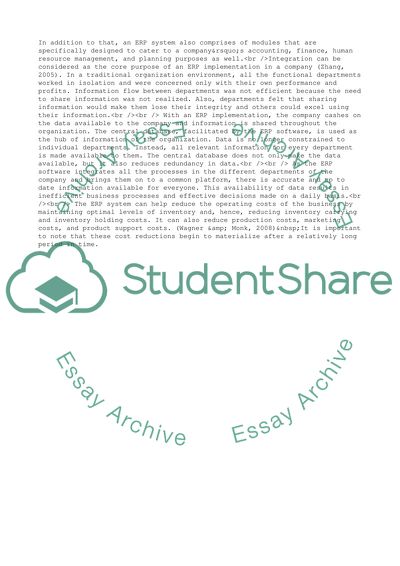Cite this document
(Enterprise Resource Planning for Business Term Paper, n.d.)
Enterprise Resource Planning for Business Term Paper. Retrieved from https://studentshare.org/management/1739175-enterprise-resource-planning-erp
Enterprise Resource Planning for Business Term Paper. Retrieved from https://studentshare.org/management/1739175-enterprise-resource-planning-erp
(Enterprise Resource Planning for Business Term Paper)
Enterprise Resource Planning for Business Term Paper. https://studentshare.org/management/1739175-enterprise-resource-planning-erp.
Enterprise Resource Planning for Business Term Paper. https://studentshare.org/management/1739175-enterprise-resource-planning-erp.
“Enterprise Resource Planning for Business Term Paper”. https://studentshare.org/management/1739175-enterprise-resource-planning-erp.


